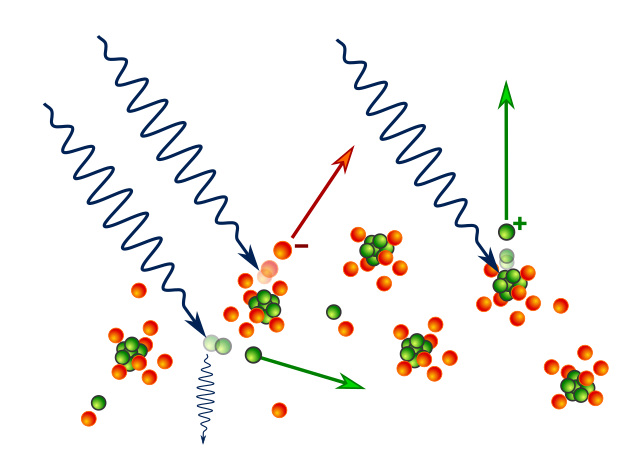Compton scattering: Difference between revisions - Wikipedia
 Article Images
Article Images
Content deleted Content added
m |
m |
||
Line 6: == Introduction == Compton scattering is an example of inelastic scattering, because the wavelength of the scattered light is different from the incident radiation. Still, the origin of the effect can be considered as an [[elastic collision]] between a photon and an electron. The amount the wavelength changes by is called the '''Compton shift'''. Although nuclear Compton scattering exists,<ref>{{cite journal|title=Nuclear Compton scattering|author=P Christillin|year=1986|journal= J. Phys. G: Nucl. Phys.|volume=12|pages=837–851|url=http://www.iop.org/EJ/abstract/0305-4616/12/9/008|doi=10.1088/0305-4616/12/9/008|bibcode = 1986JPhG...12..837C|issue=9 }}</ref> Compton scattering usually refers to the interaction involving only the [[electron]]s of an [[atom]]. The Compton effect was observed by [[Arthur Holly Compton]] in 1923 at [[Washington University in St. Louis]] and further verified by his graduate student [[Wu Youxun|Y. H. Woo]] in the years following. Compton earned the 1927 [[Nobel Prize in Physics]] for the discovery. | |||